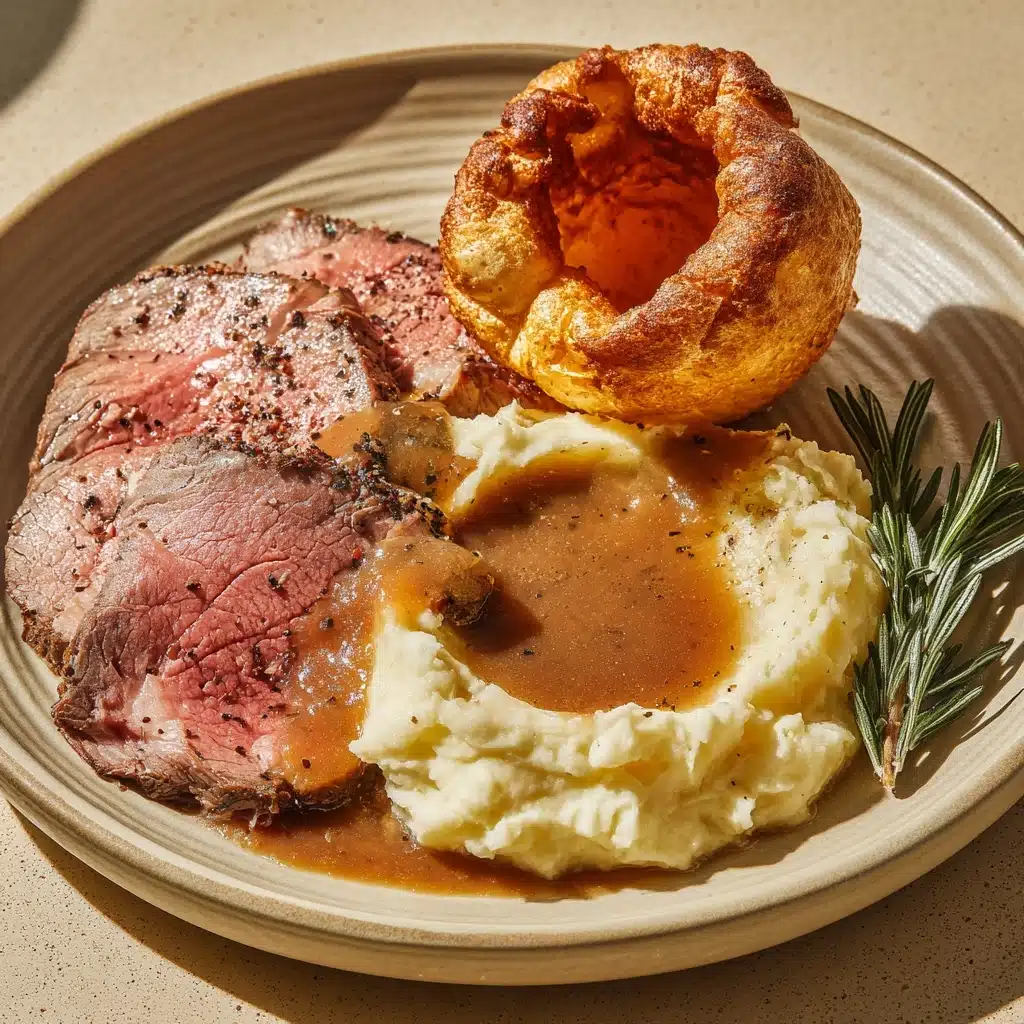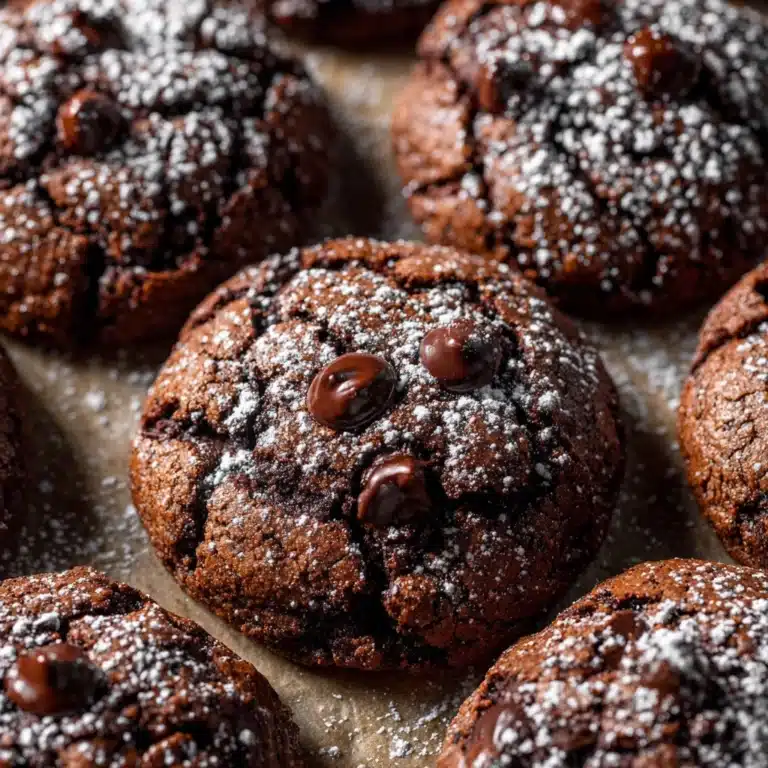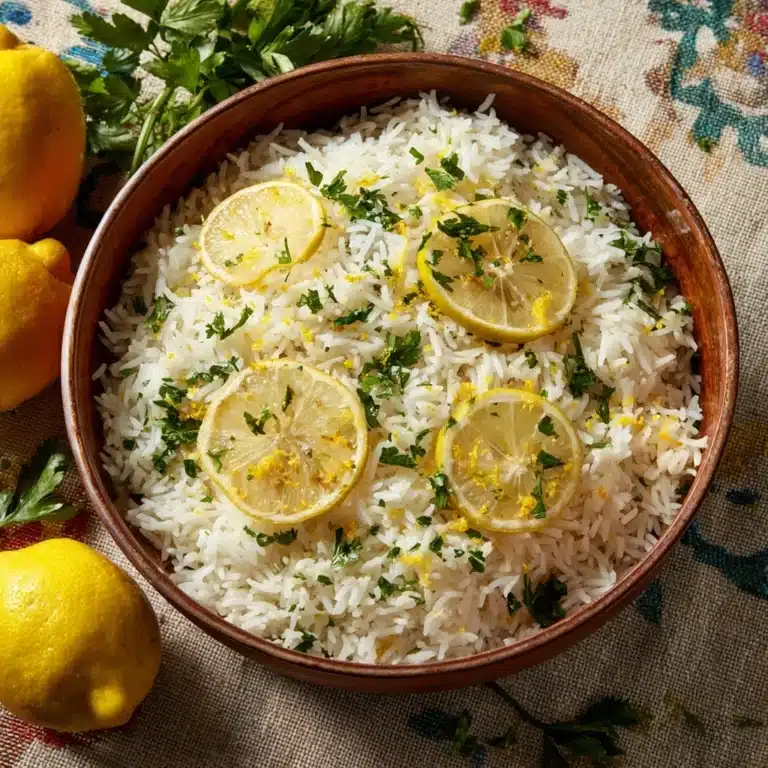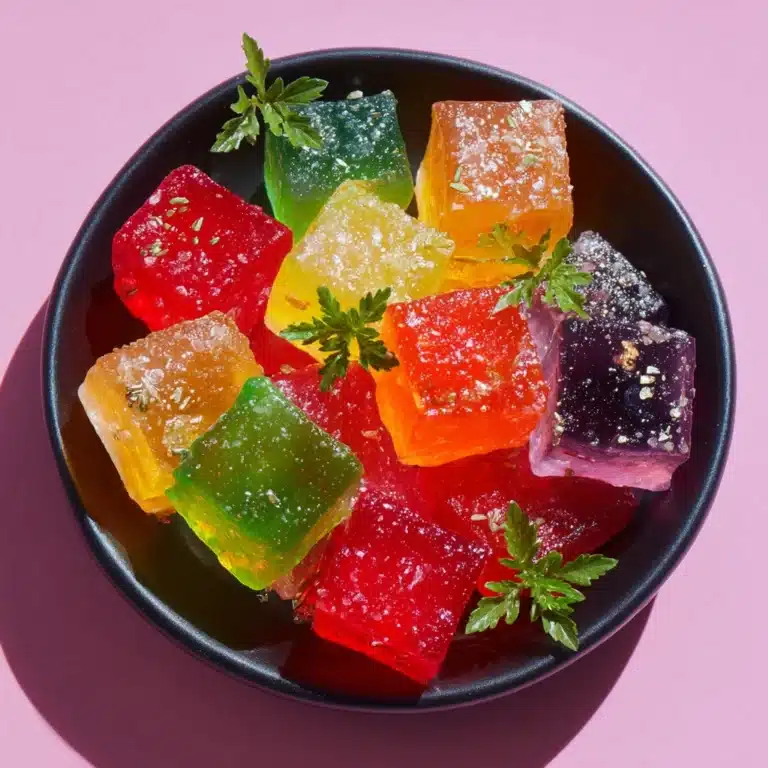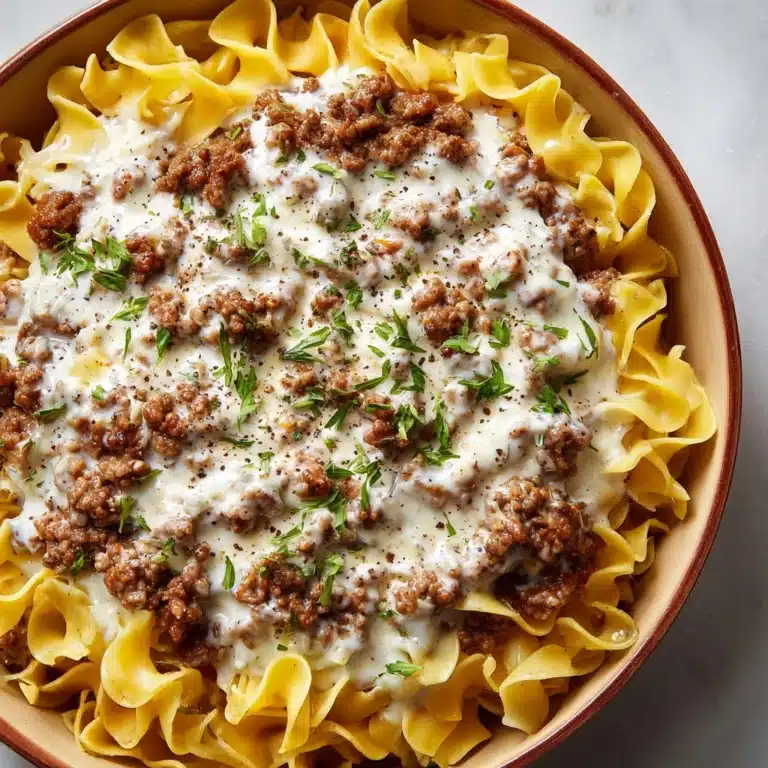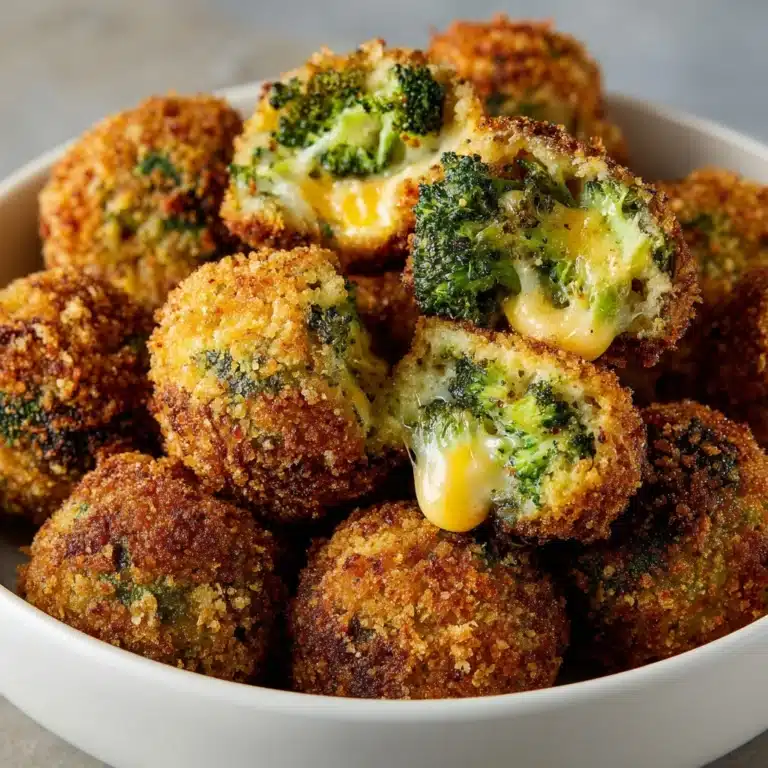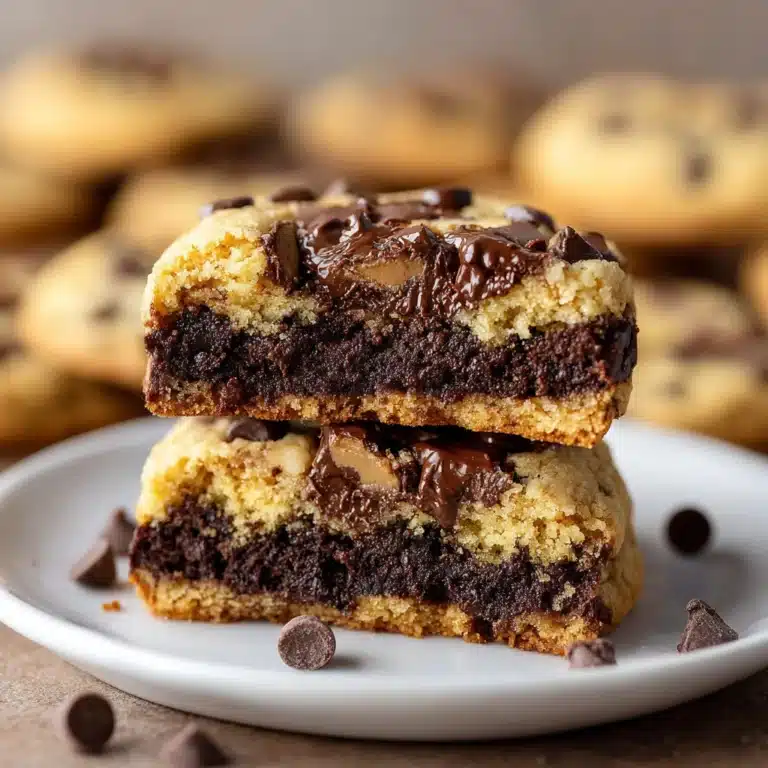If you’ve ever dreamed of wowing your friends and family with a show-stopping centerpiece, this Reverse Sear Prime Rib Recipe is your ticket to holiday hero status. With a perfectly rosy interior and a deeply caramelized crust, the reverse sear method guarantees prime rib that’s both impressively tender and bursting with flavor. Whether you’re hosting a festive gathering or simply want to treat yourself to the ultimate beef dinner, this recipe takes the guesswork out of achieving restaurant-quality results right in your own kitchen.
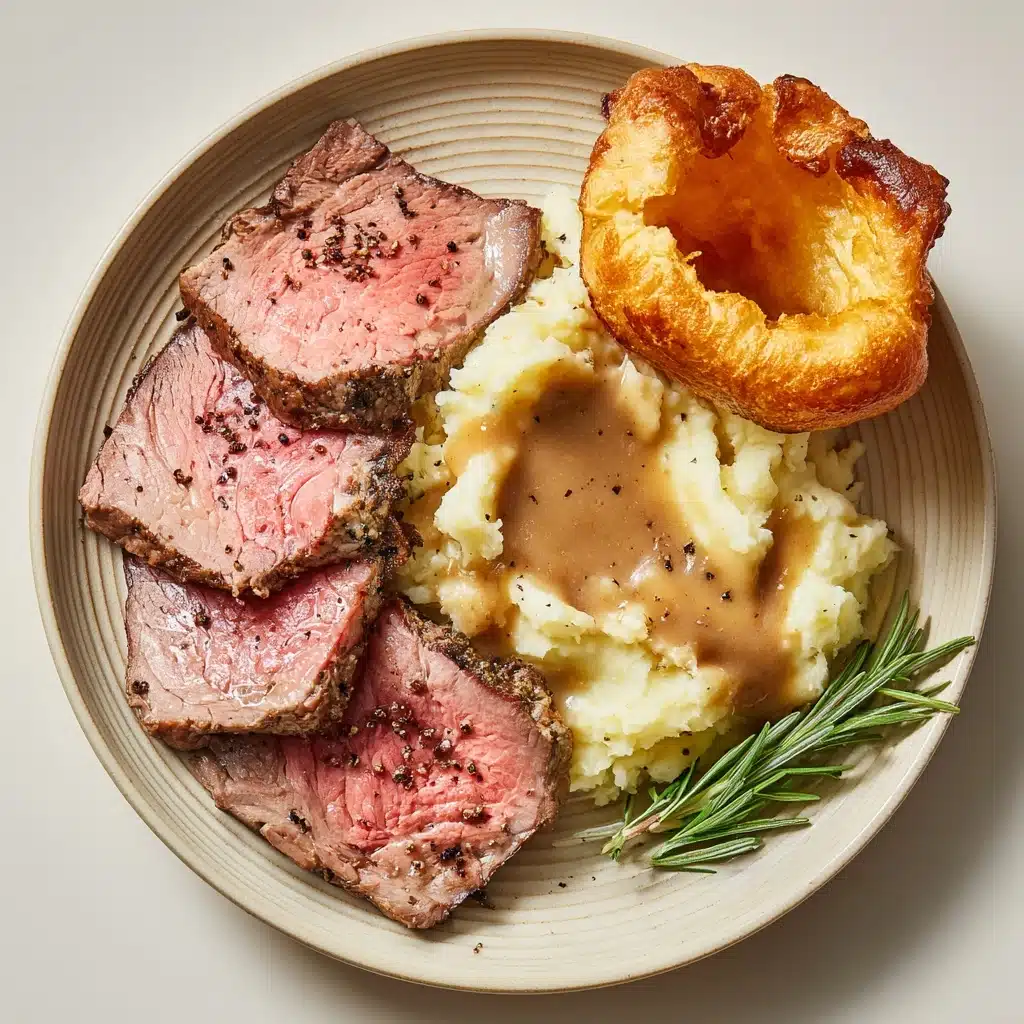
Ingredients You’ll Need
The beauty of the Reverse Sear Prime Rib Recipe lies in its simplicity—each ingredient is chosen to accentuate the rich, beefy flavor of the roast, creating a meal that tastes as luxurious as it looks. Don’t skimp here: every element, from fresh herbs to a generous sprinkle of salt, plays a role in building layers of flavor and gorgeous color.
- Prime Rib Roast (5–6 pounds, bone-in): The centerpiece of the dish, bone-in prime rib delivers unparalleled tenderness and juicy flavor.
- Olive Oil (2 tablespoons): Acts as the flavor carrier, helping the seasonings adhere and encouraging a beautiful crust.
- Kosher Salt (2 tablespoons): Essential for seasoning deeply and drawing out the natural juices of the beef.
- Freshly Ground Black Pepper (1 tablespoon): Adds a subtle bite and enhances the roast’s savory notes.
- Garlic Powder (1 tablespoon): Infuses the meat with gentle garlicky warmth in every bite.
- Fresh Rosemary, chopped (1 tablespoon): Brings a fragrant, woodsy aroma that perfectly complements rich beef.
- Fresh Thyme, chopped (1 tablespoon): Offers bright, herbal notes for a balanced, gourmet finish.
- Optional: Onion Powder (1 teaspoon): Adds a hint of sweetness and depth for those who enjoy a little extra complexity.
How to Make Reverse Sear Prime Rib Recipe
Step 1: Bring the Prime Rib to Room Temperature
This first step is worth its weight in gold—let your prime rib sit out for at least two hours before cooking. Allowing the meat to come to room temperature ensures even cooking from edge to center, giving you that stunning uniform pink when you slice. This small bit of patience pays off big time in tenderness and juiciness.
Step 2: Preheat and Prepare the Seasoning
Preheat your oven to 225°F (110°C). In a small bowl, combine the olive oil, kosher salt, black pepper, garlic powder, rosemary, thyme, and onion powder if you’re using it. This aromatic blend will create a savory crust while the roast slow-cooks to perfection. Don’t be shy—massage that seasoning mixture all over the roast, getting into every nook and cranny, including the sides and underneath.
Step 3: Slow Roast for Maximum Juiciness
Place your seasoned prime rib, fat-side up, on a wire rack set inside a roasting pan. The rack elevates the meat, promoting even airflow and cooking. Roast in the preheated oven until your desired doneness is achieved: 120°F for rare, 130°F for medium-rare, or 135°F for medium. This usually takes about 3–4 hours, so let your meat thermometer be your guide for that all-important accuracy.
Step 4: Rest and Let the Juices Redistribute
Once your roast reaches the perfect temperature, remove it from the oven and tent it loosely with foil. Now, resist the urge to slice! Let it rest for 30–45 minutes. This crucial pause allows the juices to redistribute throughout the meat, ensuring every slice is moist and flavorful rather than dry.
Step 5: Sear for a Show-Stopping Crust
While the meat is resting, crank up your oven to 500°F (260°C). When the oven is fully preheated and the roast has rested, return it to the oven for 8–10 minutes. This blast of high heat transforms the exterior into a glorious, deeply browned crust—signature of a great Reverse Sear Prime Rib Recipe.
Step 6: Slice and Serve
Remove your masterpiece from the oven and get ready for applause. Slice thickly to show off the perfect edge-to-edge pink and serve immediately. Whether you choose classic horseradish sauce, au jus, or simply savor the roast as-is, you’ve just pulled off a prime rib worthy of any celebration.
How to Serve Reverse Sear Prime Rib Recipe
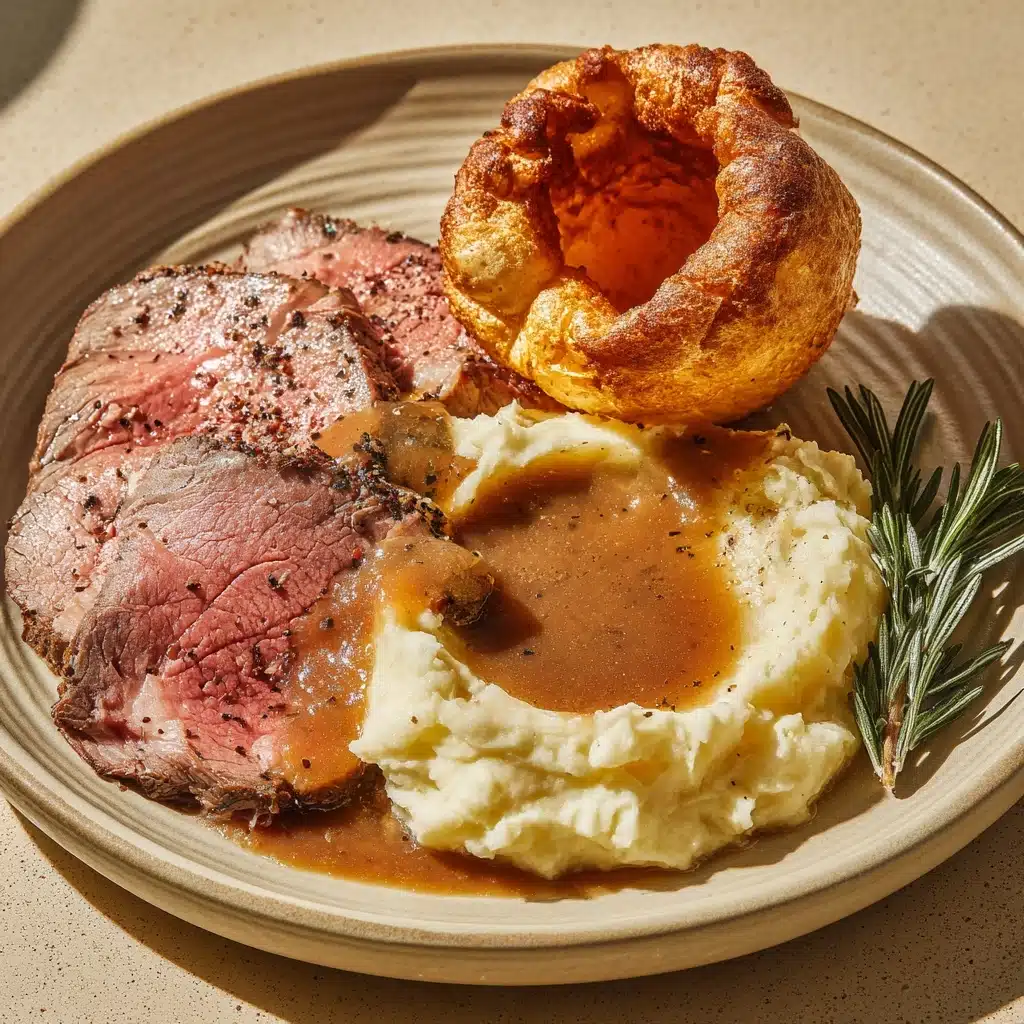
Garnishes
A sprinkle of fresh chopped herbs like thyme or rosemary across the top adds a pop of color and aroma. For a classic steakhouse touch, serve with a dollop of horseradish cream or a spoonful of rich, savory au jus on the side. A final flake of sea salt right before serving brings out all those deep, beefy flavors.
Side Dishes
Nothing says comfort like creamy garlic mashed potatoes or a pile of buttery roasted root vegetables next to your prime rib. For a lighter touch, opt for a crisp green salad or roasted asparagus. Don’t forget warm dinner rolls to soak up all those delicious juices—this Reverse Sear Prime Rib Recipe makes every side dish shine.
Creative Ways to Present
For a truly show-stopping presentation, slice the prime rib at the table and serve on a wooden carving board surrounded by roasted vegetables. Or, plate individual servings with a drizzle of au jus and a sprig of fresh rosemary. Even leftovers can be elevated—think thick prime rib sandwiches or hearty beef hash for brunch the next day.
Make Ahead and Storage
Storing Leftovers
Keep any leftover prime rib in an airtight container in the refrigerator. It will stay fresh and delicious for up to 4 days. Slice only what you plan to eat immediately to keep the rest as juicy as possible.
Freezing
You can absolutely freeze leftovers from your Reverse Sear Prime Rib Recipe. Wrap slices tightly in plastic wrap, then in aluminum foil, and store in a freezer-safe bag for up to 2 months. Thaw overnight in the refrigerator before reheating for best results.
Reheating
To reheat, place slices in a baking dish with a splash of beef broth or au jus, cover with foil, and warm in a 300°F oven until just heated through. This gentle method keeps the meat moist and flavorful. Avoid microwaving, which can overcook and dry out the beef.
FAQs
How do I know when my prime rib is done?
The best way to ensure perfect doneness is to use a meat thermometer. For rare, aim for 120°F; for medium-rare, 130°F; and for medium, 135°F. Remember, the roast will rise a few degrees as it rests, so pull it out just before reaching your target temperature.
Can I prepare the Reverse Sear Prime Rib Recipe without a wire rack?
While a wire rack helps promote even airflow and cooking, you can still achieve great results by placing the roast directly in the pan or propping it up with vegetables like carrots and onions. Just be mindful that the bottom may brown a bit more.
What’s the benefit of the reverse sear method?
Reverse searing cooks the meat gently at a low temperature first, ensuring even doneness from edge to center, then finishes with a hot sear for a flavorful, crispy crust. This technique virtually guarantees a tender and juicy prime rib every time.
Do I need to tie the roast with butcher’s twine?
If your roast is already well-shaped and evenly thick, you may not need to tie it. However, if it’s a bit uneven, tying with butcher’s twine helps it cook more uniformly and makes for prettier slices.
Can I use dried herbs instead of fresh?
Absolutely! Substitute 1 teaspoon dried rosemary and 1 teaspoon dried thyme for the fresh herbs. Dried herbs are more potent, so use a bit less than the amounts listed for fresh.
Final Thoughts
A delicious, tender, and perfectly cooked roast is within your reach—give this Reverse Sear Prime Rib Recipe a try and prepare to be amazed by the results. Gather your loved ones, slice thick, and savor a meal that turns any day into a special occasion.
Print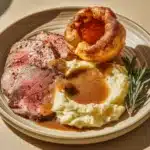
Reverse Sear Prime Rib Recipe
- Total Time: 4.5 to 5 hours
- Yield: 8 servings 1x
- Diet: Vegetarian
Description
This Reverse Sear Prime Rib Recipe delivers a perfectly cooked, juicy, and flavorful prime rib roast with a crispy, golden brown crust. Slow-roasting at a low temperature followed by a high-heat sear ensures even cooking and a tender, mouthwatering result ideal for festive gatherings or special occasions.
Ingredients
Main Ingredients
- 1 (5–6 pound) bone-in prime rib roast
- 2 tablespoons olive oil
- 2 tablespoons kosher salt
- 1 tablespoon freshly ground black pepper
- 1 tablespoon garlic powder
- 1 tablespoon fresh rosemary, chopped
- 1 tablespoon fresh thyme, chopped
- Optional: 1 teaspoon onion powder
Instructions
- Bring Roast to Room Temperature: Remove the prime rib from the refrigerator at least 2 hours before cooking to allow it to come to room temperature, ensuring even cooking throughout.
- Preheat Oven and Prepare Seasoning: Set your oven to 225°F (110°C). In a small bowl, mix olive oil, kosher salt, black pepper, garlic powder, rosemary, thyme, and optional onion powder to create a seasoning rub.
- Season the Roast: Rub the seasoning mixture all over the prime rib roast, covering all sides and the underside for maximum flavor.
- Roast the Meat: Place the roast fat-side up on a wire rack inside a roasting pan. Insert a meat thermometer for accurate temperature readings. Roast until the internal temperature reaches your desired doneness: 120°F (49°C) for rare, 130°F (54°C) for medium-rare, or 135°F (57°C) for medium. This process will take approximately 3 to 4 hours depending on roast size.
- Rest the Roast: Remove the roast from the oven and loosely tent with foil. Allow it to rest for 30 to 45 minutes to redistribute juices and maintain tenderness.
- Increase Oven Temperature and Sear: While resting, raise the oven temperature to 500°F (260°C). Return the roast to the oven for 8 to 10 minutes to develop a golden brown, crispy crust.
- Slice and Serve: Remove the roast from the oven, slice to your preferred thickness, and serve immediately. Accompany with horseradish sauce, au jus, or creamy garlic mashed potatoes if desired.
Notes
- Using a leave-in meat thermometer helps achieve the most even and precise cooking results.
- Resting the roast before the high-heat sear is crucial to retain moisture and ensure a juicy interior.
- Serve with classic sides such as horseradish sauce, au jus, or creamy garlic mashed potatoes to complement the prime rib.
- Prep Time: 15 minutes (plus 2 hours to bring roast to room temperature)
- Cook Time: 3.5 hours
- Category: Main Course
- Method: Reverse Sear
- Cuisine: American
Nutrition
- Serving Size: 1 slice (approximately 6 oz)
- Calories: 650
- Sugar: 0 g
- Sodium: 780 mg
- Fat: 54 g
- Saturated Fat: 22 g
- Unsaturated Fat: 28 g
- Trans Fat: 0 g
- Carbohydrates: 1 g
- Fiber: 0 g
- Protein: 38 g
- Cholesterol: 140 mg
